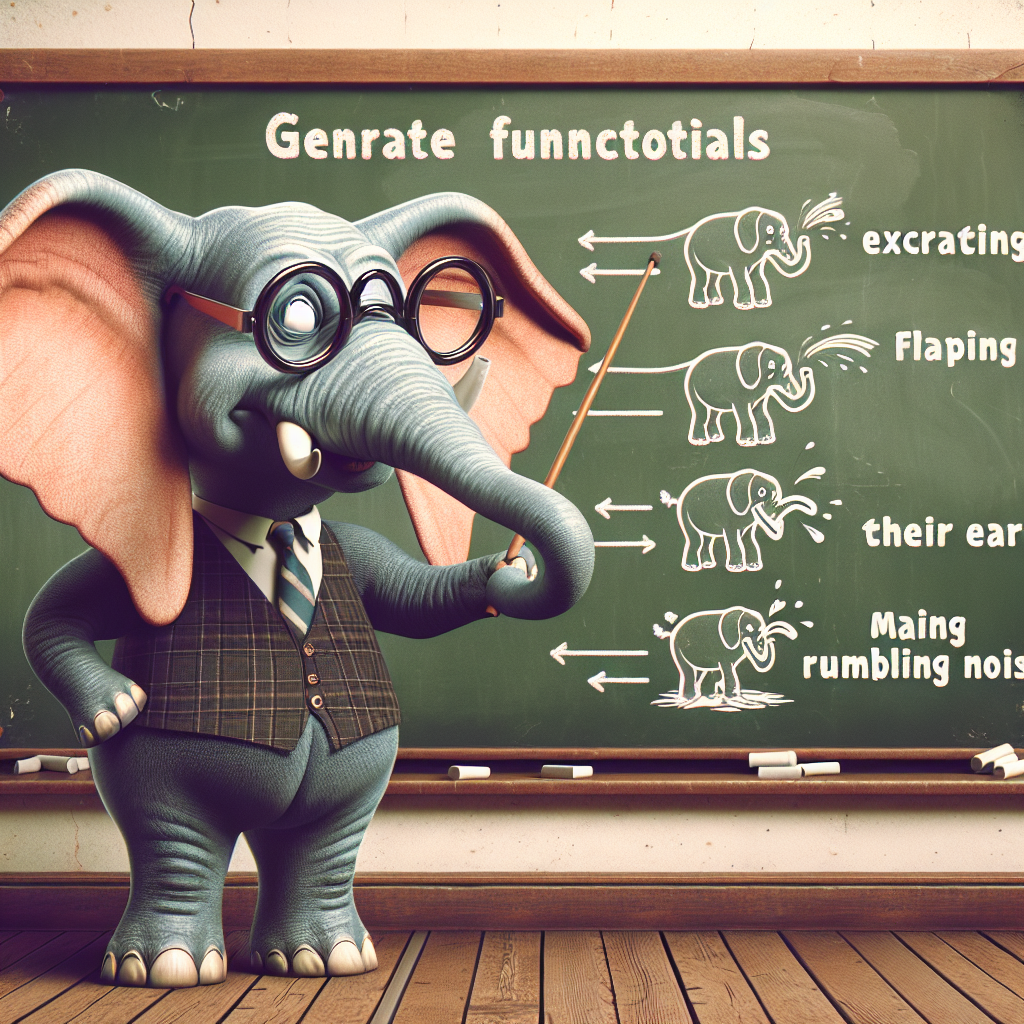Summary made by Quivr/GPT-4
This document is a detailed exploration of the unique characteristics or ‘design features’ of language, as proposed by linguist Charles Hockett. It discusses several key features that are common to all languages, providing a deeper understanding of how language works and its role in human communication.
Spontaneous Use: People naturally use language without needing to be prompted. This includes spontaneous acquisition, where children naturally learn the language around them, and spontaneous use, where everyone uses language even when there's no practical need. Turn Taking: In conversation, people usually alternate between speaking and listening. This is seen as the 'normal' case, even though there are situations where one person speaks for an extended period, like in lectures or speeches. Redundancy: Languages often use more words or sounds than necessary to convey information. This redundancy can be seen as inefficient, but it also serves social functions, such as politeness. Displacement: Language allows us to talk about things that aren't present or happening now with great precision. This feature enables us to communicate about past and future events or distant places. Dual Structure: Language combines discrete units (like sounds and words) to create meaning. These units exist on two levels: phonemes (the smallest units of sound) and larger grammatical units (like words and sentences). Prevarication: Language can be used to convey both true and false information. This ability to deceive is as universal as language itself. Reflexivity: Language can be used to talk about itself. This reflexive use of language, also known as metalanguage, can take many forms, such as discussing word meanings or commenting on a particular language. Productivity: Language is productive in the sense that it can create an infinite number of sentences from a finite set of words and rules.The document also discusses the different perspectives on language, such as structural, social, and biological, and how these perspectives can influence our understanding of these design features. It highlights the importance of considering all these perspectives to gain a comprehensive understanding of language.
The key revelation here is that these design features are universal across all languages, highlighting the shared characteristics of human communication. Understanding these features can provide valuable insights into how we communicate and learn languages, potentially benefiting fields like linguistics, psychology, and education.

